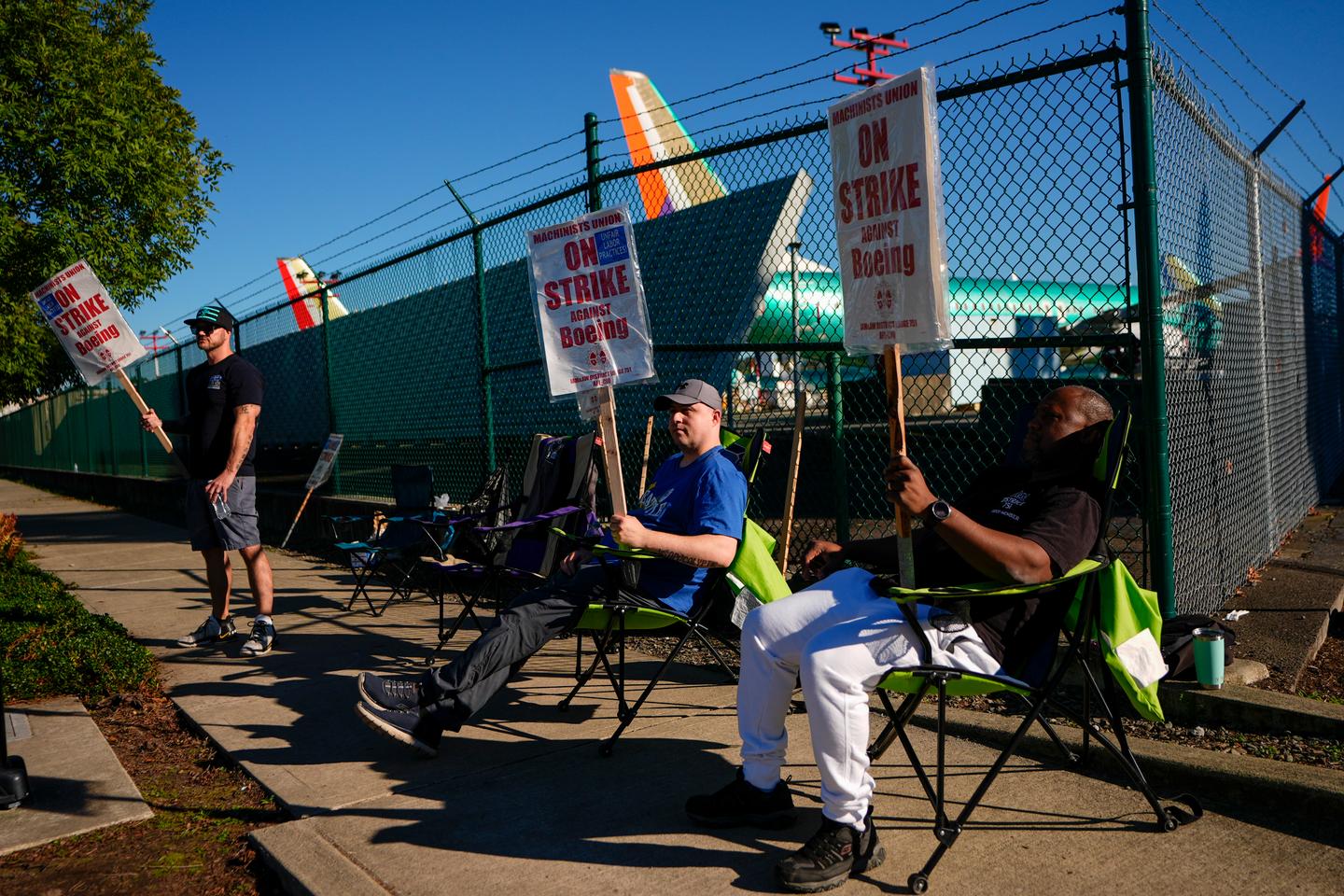US presidential election: Poor employment figures offer last-minute ammunition

This is the worst figure since 2020, and it comes at a bad time for the vice president and Democratic candidate in the November 5 US presidential election, Kamala Harris. The United States created just 12,000 jobs in October, while unemployment hit 7 million Americans, with an unemployment rate of 4.1% (the Wall Street Journal notes that it actually rose from 4.05% to 4.14% between September and October). This figure, lower than analysts’ expectations, is explained in particular by the two hurricanes, Helene and Milton, which devastated Florida and North Carolina, as well as by the strike at Boeing since September 13, which has led to numerous layoffs at the aircraft manufacturer and its subcontractors.
Employment in the transportation manufacturing industry fell by 44,000 jobs, largely due to the strike, according to the Bureau of Labor Statistics. Without the 40,000 jobs created in the public sector, this figure would have been negative, which Republicans immediately noted four days before the presidential election. Job creations for August and September was reduced to 78,000 (from 254,000 forecasted) and 223,000 (from 254,000 forecasted).
This figure of 12,000 new jobs, which confirms the slowdown of the economy, should comfort the Federal Reserve, the US central bank, in its intention to cut its key rates by a quarter-point on Wednesday, November 6, after a half-point cut in September that brought them down to 4.75%. The Monetary Policy Committee meeting is being held at a particularly delicate time, on the day of and the day after the presidential election. To guarantee its political neutrality, the bank is expected to stick to its plan, regardless of Wednesday’s political and financial jolts. Wall Street was up on November 1, but the market was buoyed by Amazon’s good results.
While the economy is doing well, with growth reaching 2.8% year-on-year, according to figures released on October 30, the tenure of the Biden-Harris administration has been tarnished by the resurgence of inflation. Cumulatively, since the Democrats took over the White House, prices have risen by 20%. Falling back to 2.4% in September, inflation had reached a record 9.1% in June 2022, leading to a decline in Americans’ disposable income.
Impact on public opinion
Those days are over. Hourly wages rose by 4% year-on-year, outpacing inflation. As Harvard economist Jason Furman wrote on X, “real disposable personal income per capita rose in September. This is the 27th straight monthly rise, the longest streak on record,” since these statistics were first recorded in 1959. This income is 2% higher than forecasts made before the Covid pandemic, meaning that the US economy has not only caught up with its trajectory but even exceeded it.
You have 43.07% of this article left to read. The rest is for subscribers only.
Related
U.S. economy adds jobs as federal layoffs and rising unemployment…
Julia Coronado: I think it's too early to say that the U.S. is heading to a recession. Certainly, we have seen the U.S. just continue t
The job listing site highlighting H-1B positions so Americans can…
A mysterious new job listings website recently went live, solely showing roles companies want to offer to their H-1B holders seeking Green Cards in an attempt t
Tepid February Jobs Report Boosts Odds of a June Fed…
Federal Reserve Board Chairman Jerome Powell speaks during a news conference. Photo by Chip ... [+] Somodevilla/Getty Images.Getty Images The February jobs repo
French university offers jobs to American scientists afraid of government…
As the current federal government in the U.S. has been freezing or cutting funding for several research grants, a French university has stepped in with an offer













